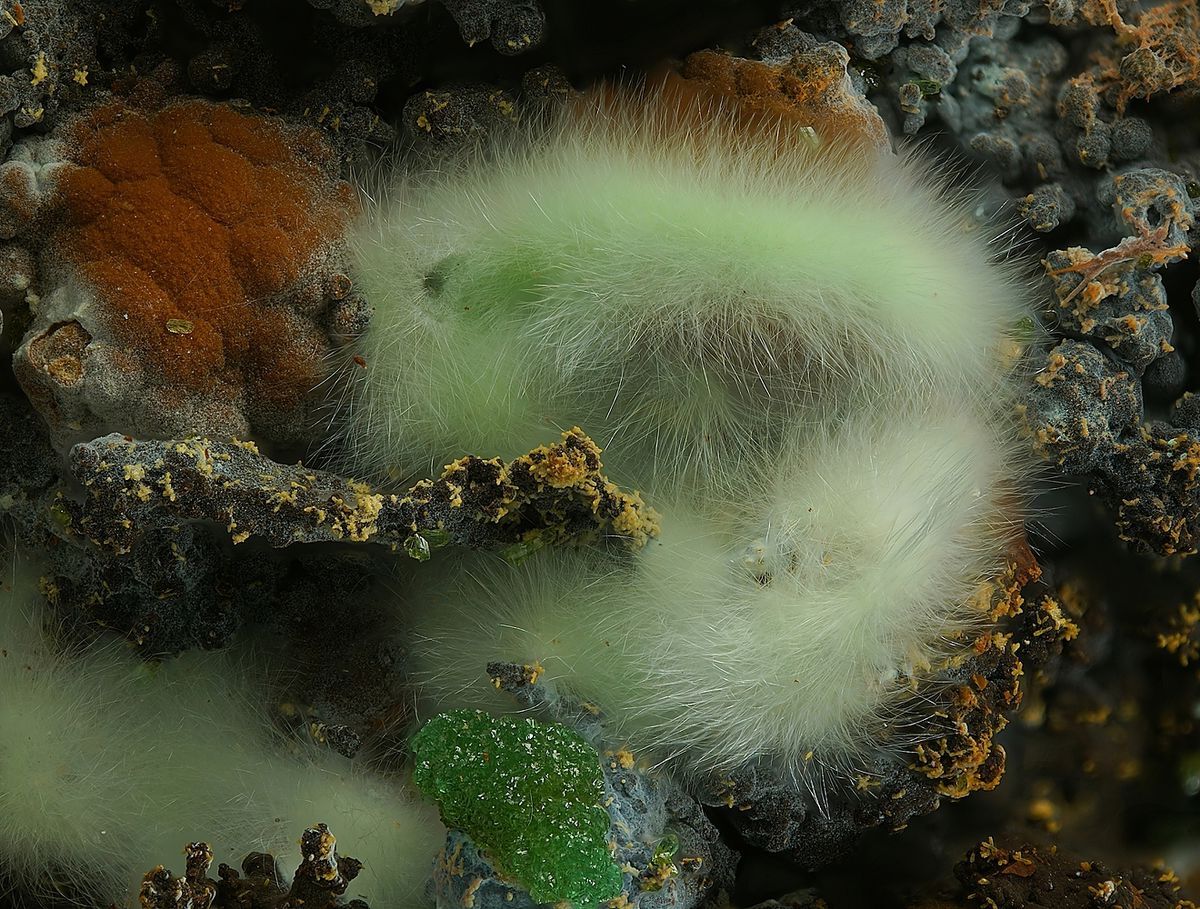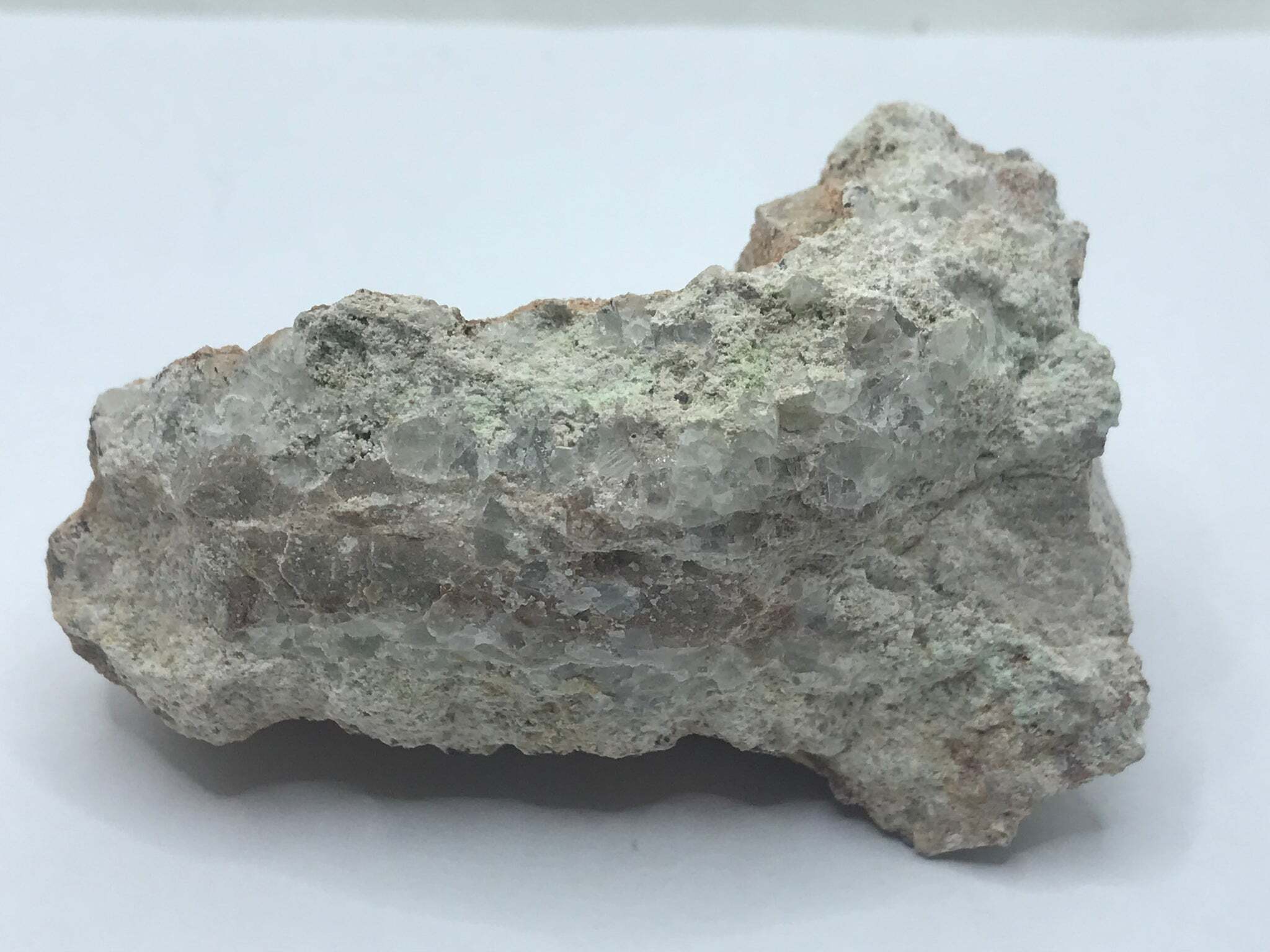
What is Agardite? Agardite is a rare mineral that belongs to the mixite group. It typically forms in oxidized zones of arsenic-rich hydrothermal deposits. This mineral is known for its vibrant green to yellow-green color, which makes it a favorite among collectors. Agardite is composed of a complex mixture of elements, including copper, calcium, and rare earth elements like lanthanum and cerium. Its needle-like crystals can be found in various locations around the world, including Germany, Greece, and the United States. Why is Agardite important? It provides valuable insights into the geological processes that form rare minerals and helps scientists understand the conditions under which these minerals develop.
What is Agardite?
Agardite is a fascinating mineral with a unique composition and striking appearance. Found in various parts of the world, it has intrigued geologists and mineral enthusiasts alike. Let's dive into some intriguing facts about this captivating mineral.
Composition and Structure
Understanding the composition and structure of Agardite helps in appreciating its uniqueness.
- Agardite is a rare arsenate mineral that belongs to the mixite group. It contains elements like copper, calcium, and rare earth elements.
- The chemical formula of Agardite is often represented as (REE,Ca)Cu6(AsO4)3(OH)6·3H2O, where REE stands for rare earth elements.
- Agardite typically forms in fibrous or acicular crystals, which means its crystals are needle-like or thread-like in appearance.
- The mineral is usually found in oxidized zones of arsenic-rich hydrothermal deposits, indicating it forms under specific geological conditions.
Color and Appearance
The visual appeal of Agardite is one of its most striking features.
- Agardite can exhibit a range of colors, including green, yellow, and blue, depending on the specific rare earth elements present.
- The mineral often has a silky or vitreous luster, giving it a shiny, glass-like appearance that catches the eye.
- Under ultraviolet light, Agardite may fluoresce, showing different colors and adding to its visual intrigue.
Locations and Occurrence
Agardite is not found everywhere. Its occurrence is limited to specific regions.
- Significant deposits of Agardite have been found in Europe, particularly in Germany, France, and Greece.
- In the United States, Agardite has been discovered in Arizona and Nevada, where mining activities have unearthed this rare mineral.
- The mineral is often associated with other secondary minerals, such as malachite, azurite, and limonite, which can be found in the same geological environments.
Uses and Applications
Though not widely used, Agardite has some interesting applications.
- Agardite is primarily a collector's mineral, prized by mineral enthusiasts for its rarity and beauty.
- In scientific research, Agardite is studied for its unique properties, helping geologists understand more about arsenate minerals and their formation.
- The mineral's vibrant colors make it a popular specimen in educational displays, where it helps illustrate the diversity of mineralogy.
Historical and Cultural Significance
Agardite has a rich history and cultural significance in the regions where it is found.
- The mineral is named after Jules Agard, a French geologist who made significant contributions to the study of minerals.
- In some cultures, Agardite is believed to have metaphysical properties, such as promoting clarity of thought and emotional balance, though these claims are not scientifically proven.
The Final Word on Agardite
Agardite is a fascinating mineral with a unique blend of copper, arsenic, and rare earth elements. Its vibrant green color and intricate crystal structure make it a standout in the mineral world. Found in various locations globally, including France, Germany, and the United States, agardite is not just a collector's gem but also a subject of scientific interest. Its formation in hydrothermal veins and association with other minerals like malachite and azurite add to its allure. Whether you're a seasoned mineralogist or a curious newbie, agardite offers a glimpse into the Earth's geological wonders. So next time you come across this striking mineral, you'll know a bit more about its origins and significance. Keep exploring and stay curious, because the world of minerals is full of surprises!
Was this page helpful?
Our commitment to delivering trustworthy and engaging content is at the heart of what we do. Each fact on our site is contributed by real users like you, bringing a wealth of diverse insights and information. To ensure the highest standards of accuracy and reliability, our dedicated editors meticulously review each submission. This process guarantees that the facts we share are not only fascinating but also credible. Trust in our commitment to quality and authenticity as you explore and learn with us.


